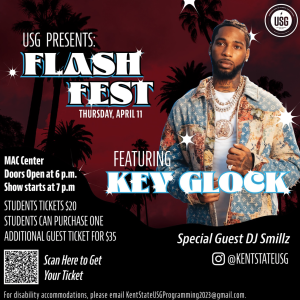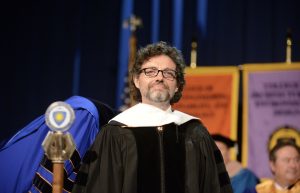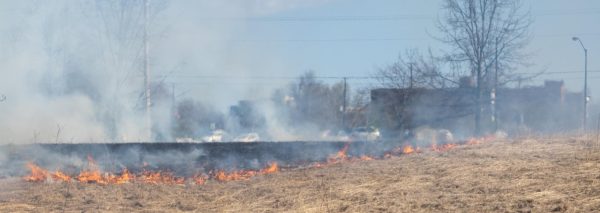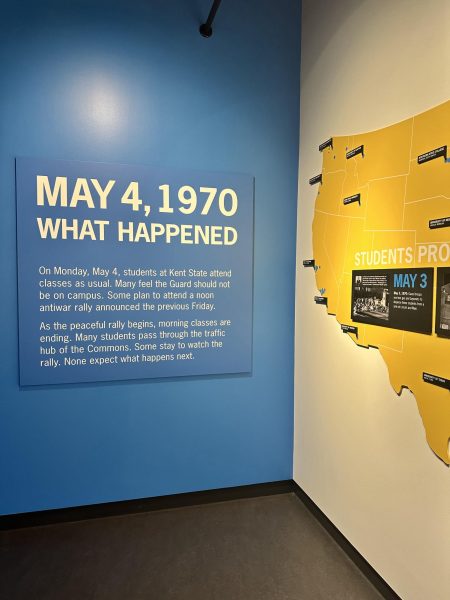Scientists make ‘heavy’ discovery
March 5, 2010
‘Big bang’ re-creation
finds antimatter
Professors and researchers in Kent State’s physics department recently uncovered the heaviest antimatter known to man.
Professors and researchers in Kent State’s physics department recently uncovered the heaviest antimatter known to man.
Since 2000, Kent State scientists have studied alongside hundreds of researchers, each analyzing different aspects of data from the Relativistic Heavy Ion Collidor’s STAR detector, physics professor Dr. Declan Keane said.
“We make a miniature version of the big bang,” Keane said about the process of creating antimatter.
Kent State researchers collide the nuclei of atoms of a heavy nucleus at extremely high speeds and are able to recreate the conditions under which the big bang, or origin of the universe, is theorized to have occurred about 14 billion years ago.
“We smash these guys together at 99.99 percent the speed of light and look to see what comes out,” Keane said. And what came out was the heaviest antimatter and antinucleus ever discovered. An integral researcher and physics professor, Dr. Spiros Margetis said this groundbreaking development will aid scientists in discovering what goes on inside neutron stars, why antimatter isn’t found in our universe and what a supernova consists of.
In Upton, N.Y., the Brookhaven National Laboratory houses the STAR detector, which weighs 1,200 tons and allowed Dr. Jinhui Chen to find not one, but 70 examples of the new antimatter.
“Normal matter are abundant around us, but there should be ‘hidden anti-matter,’” Chen said. “Like we have female and male animal around us. If we set normal matter as female, the anti-matter will be male.”
Chen, who has been researching antimatter since 2005, worked for endless hours with the help of computers to comb through 100 million particles, only 70 of which were antimatter.
“He was glued to his computer every day,” Keane said.
Margetis said the physicists are able to study on earth will be invaluable to studying such astronomical events.
“First of all, it’s a first,” he said about the importance of the discovery. Other important factors are neutron stars, which are stars that burn out and collapse under its gravity, that are studied by astrophysicists and it is still unknown what is inside these collapsed stars. The antimatter, Keane said, will help discover what goes on inside these mysterious stars.
“In the mini big bangs and in the original big bang, matter and antimatter are known to be created in equal amounts,” Keane said. “But the universe as we know it doesn’t have very much antimatter.”
Keane said that exemplifies one of the main unsolved problems of physics: where did the antimatter go?
Martgetis compared the discovery of the most massive antimatter to striking gold.
“We will be able to describe things people take for granted, not people like my mother, but scientists,” Margetis said.
Kent State researchers discovered the antimatter using advanced computer software, and their findings will aid the research of other scientists and graduate students.
“Every time we find (something), even if it’s what we’re looking for, nature tells us that it has unexpected features,” Margetis said. “This was definitely unexpected.”
Contact arts and sciences
reporter Kathryn McGonagle
























